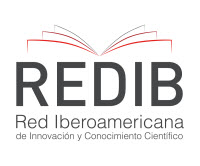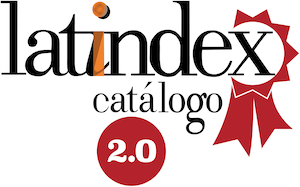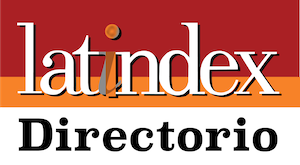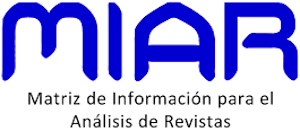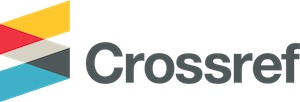Flipped classroom in teaching statistics with SPSS software compared to traditional methodology
DOI:
https://doi.org/10.32645/13906925.1263Keywords:
Flipped classroom, statistics, SPSS softwareAbstract
This study analyzed and compared two distinct approaches in statistics education: the flipped classroom methodology, where students acquire prior knowledge before class and use the SPSS software as the primary tool, in comparison with the traditional teaching methodology. The research aims to contrast these methodologies. To conduct this study, a sample of 29 first-year students from the Unified General Baccalaureate was instructed in a specific skill of Descriptive Statistics using two different approaches: first, the traditional methodology, and then, the flipped classroom methodology along with the SPSS software. Upon completion, a quantitative survey was administered to the students to compare both methodologies and assess their impact on academic performance and critical thinking development.
This research work provided valuable insights into the effectiveness of both teaching strategies in the context of statistics, to make informed decisions regarding their future application. Among the key findings, it was observed that 78% of students demonstrate a stronger understanding of descriptive statistics when using the SPSS software in the classroom learning environment. Moreover, 93% determined that the use of SPSS in the study of Descriptive Statistics enhances process efficiency, with 93% of respondents perceiving that classes are more dynamic due to the application of the flipped classroom approach. Additionally, the majority of students believe that successful teamwork and active participation in the teaching-learning process were facilitated by the flipped classroom approach. In conclusion, the flipped classroom methodology, supported by technology and the SPSS software,
enhances students’ critical thinking, improves comprehension, the application of statistical concepts,
and the development of higher-order mental skills compared to the traditional teaching methodology.
This analysis will provide a solid foundation for decision-making in the implementation of more effective educational strategies in teaching Descriptive Statistics.
References
Agüero, F., & Pérez, O. (2021). Satisfacción, software y prácticas científicas sociales en la enseñanza para la formación en Ciencias Jurídicas. Scielo, 8-22.
Aguilar, W., Ortega, W., Valencia, L., González, A., & Gamarra, S. (2021). La educación estadística del ingeniero: reto de la educación superior. Revista universidad y sociedad, 307-318.
Alarcón, D., & Alarcón, O. (2021). El aula invertida como estrategia de aprendizaje. Scielo, 152-157.
Alvarado, E., Morales, D., & Ortiz, J. (2021). El efecto de la covid-19 en la impartición de cursos de matemáticas: evidencia experimental en una macrouniversidad de México. Revista Iberoamericana para la investigación y el desarrollo educativo.
Amat, M., Velázquez, M., & Cruz, D. (2021). Acciones metodológicas para la toma de decisiones con el uso de SPSS en la estadística inferencial. CONRADO, Revista pedagógica de la Universidad de Cienfuegos, 125-132.
Buenaño, P., González, J., Mayorga, E., & Espinoza, L. (2021). Metodologías activas aplicadas en la educación en línea. Dominio de ciencias, 763-780.
Cedeño, M., & Vigueras, J. (2020). Aula invertida una estrategia motivadora de enseñanza para estudiantes de. Dominio de las ciencias, 878-897.
Cruz, M. (2020). Propuesta metodológica para el empleo del software educativo como recurso didáctico en la formación investigativa. Revista Ciencias Pedagógicas e Innovación, 21-30.
Hernández, R., Fernández, C., & Baptista, M. (2010). Metodología de la Investigación. México: Mc. Graw-Hill.
Mejía, J. (08 de 10 de 2022). Los paradigmas en la investigación científica. (I. U. Perú, Ed.) Revista Ciencia Agraria, 1(3), 11. Recuperado el 23 de 11 de 2023, de file:///C:/Users/justo/Downloads/1.+Los+paradigmas+en+la+investigaci%C3%B3n+cient%C3%ADfica.pdf
Peralta, D., & Guamán, V. (2020). Metodologías acrtivas para la enseñanza y aprendizaje de los estudios sociales. Sociedad & Tecnología. Revista del Instituto Tecnológico Superior Jubones, 2-10.
Rivadeneira, J., De La Hoz, A., & Barrera, M. (2020). Análisis general del spss y su utilidad en la estadística. Journal of business sciences, 17-25.
Rivera, F. (2019). Aula invertida. Un modelo como alternativa de docencia con ingeniería. Quito: Editorial Universitaria Abya-Yala.
Roque, R. (2022). La enseñanza de la estadística para la investigación: algunas recomendaciones reflexionadas desde la praxis. Educación, 1-10.
Salido, P. (2020). Metodologías activas en la formación. Profesorado. Revista de currículum y formación del profesorado, 120-143.
Ventosilla, D., Santa María, H., De La Cruz, F., & Flores, A. (2021). Aula invertida como herramienta para el logro de aprendizaje autónomo en estudiantes universitarios. Scielo
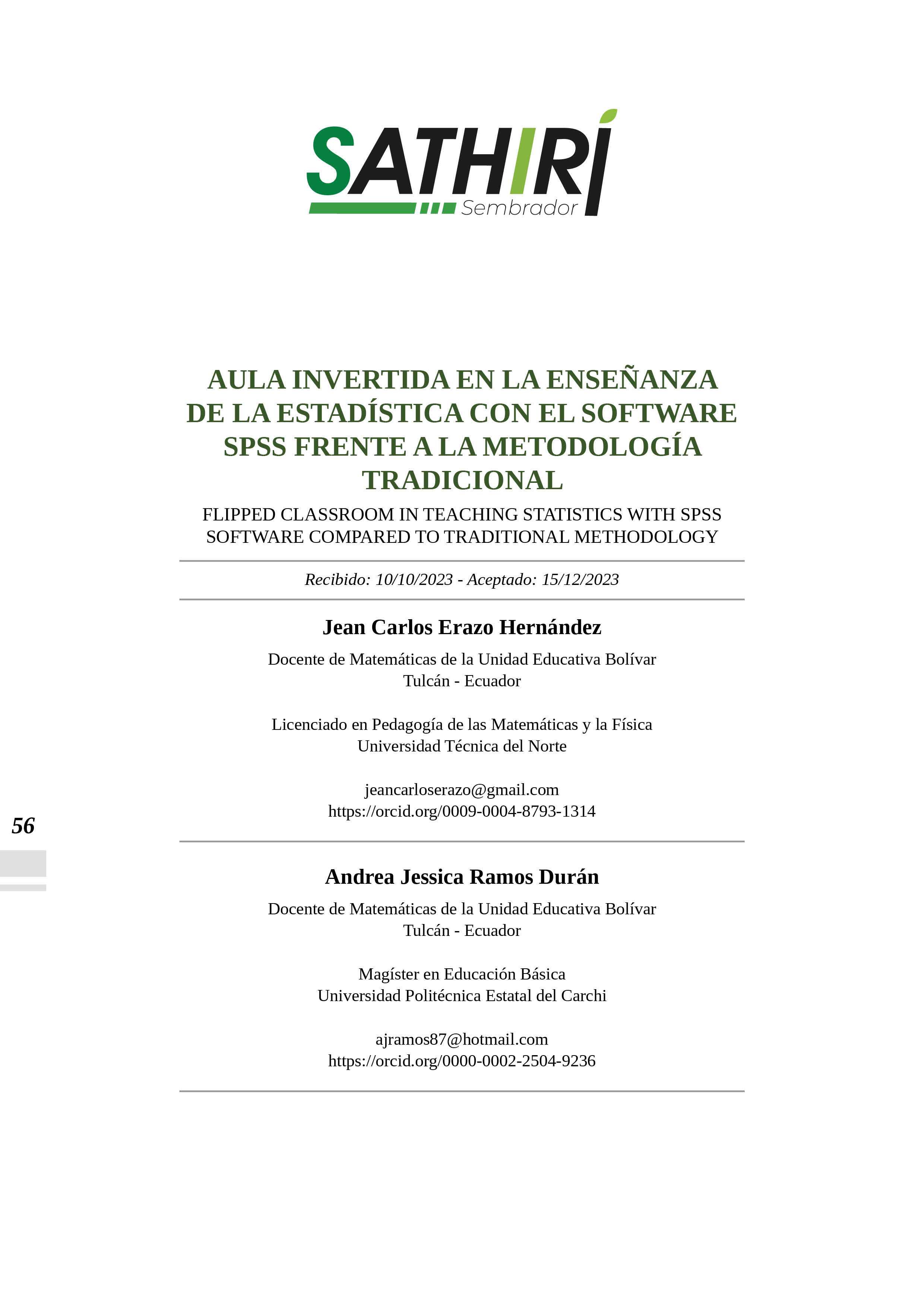
Downloads
Published
Issue
Section
License
Copyright (c) 2024 Jean Carlos Erazo Hernández, Andrea Jessica Ramos Durán, Justo Pastor Enríquez Vizcaíno, Luis Gonzalo Enríquez Rosero, Lilian Patricia Rosero Almeida

This work is licensed under a Creative Commons Attribution-NonCommercial-NoDerivatives 4.0 International License.
El autor mantiene los derechos morales e intelectuales de su obra, autorizando a la editorial de la revista Sathiri la difusión y divulgación de su contenido con fines estrictamente académicos y de investigación, sin fines de lucro. Así mismo, se autoriza que la obra sea descargada y compartida con otras personas, siempre y cuando no sea alterada y se reconozca su autoria.






